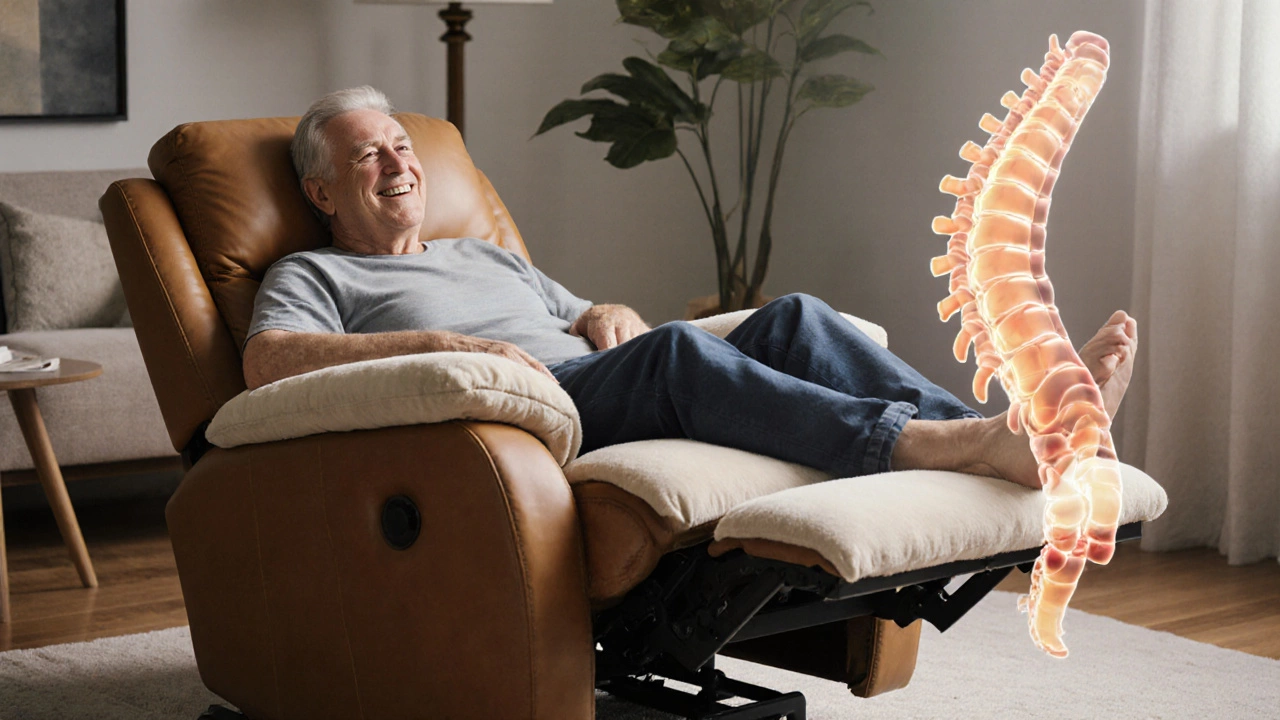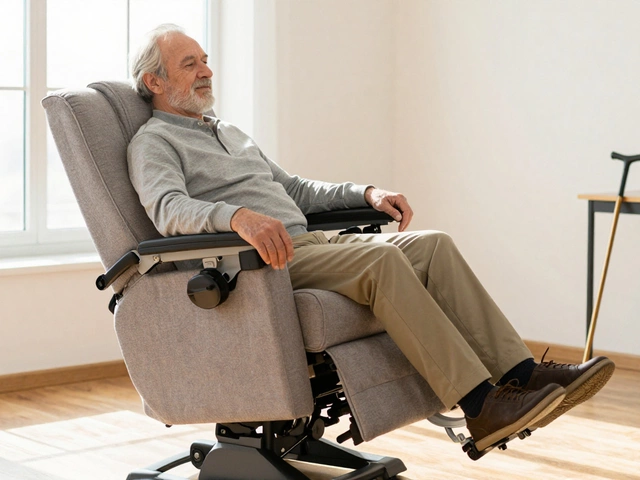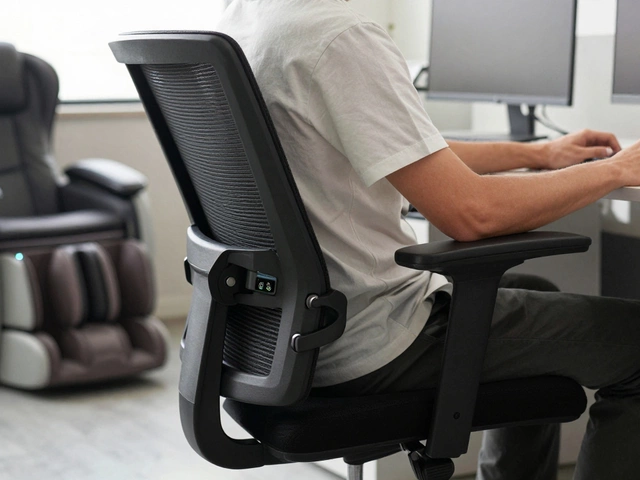Recliner Posture: How to Sit Right and Stay Healthy
When talking about recliner posture, the way you position your body while using a recliner chair, also known as recliner sitting alignment, it’s more than just comfort – it’s a health decision. A good ergonomic recliner, a recliner designed to support natural spinal curves can prevent back strain, while poor posture can lead to chronic pain. Even something as simple as sleep in recliner, spending the night in a reclined position has its own set of risks and benefits that tie directly into how you sit during the day. For seniors, senior recliner coverage, insurance or Medicare plans that may fund a medical‑grade recliner adds another layer of consideration because health conditions often dictate the best sitting angle.
Understanding these connections gives you a clear roadmap: recliner posture encompasses ergonomics, it requires a supportive backrest, and it influences sleep quality. When you choose a chair that matches your body’s needs, you reduce the chance of developing neck or lower‑back pain. That’s why most experts recommend keeping the hips slightly higher than the knees and aligning the head with the spine. If you’re often napping in your recliner, a small pillow behind the lower back can preserve the natural curve and keep the airway open, which is a simple but effective tip for better rest.
Quick Tips for Good Recliner Posture
First, adjust the tilt so your feet rest flat on the floor or on a footrest – dangling legs increase pressure on the lower back. Second, use the built‑in lumbar support or add a cushion if the chair lacks one; this creates a firm anchor for the spine. Third, keep the headrest at eye level to avoid craning the neck, especially if you watch TV. Fourth, if you plan to sleep, set the recline angle between 110° and 130°; anything lower can compress the ribcage and make breathing harder. Finally, seniors should check whether their Medicare plan covers a medical‑grade recliner, because those models often include features like heat, massage, and higher weight capacity that protect joints and muscles.
These practical steps tie back to the bigger picture: proper recliner posture reduces fatigue, supports circulation, and can even improve digestion by keeping the torso upright. When you sit correctly, you’re less likely to feel sore after an hour of reading or watching a movie. And if you combine good posture with a routine of light stretching – think shoulder rolls and seated cat‑cow – you lock in the benefits of both movement and rest.
Besides the physical side, there’s a mental boost. Sitting comfortably helps you stay focused on work or hobbies, which means you’re more productive and less likely to fidget. That’s why many home‑office setups now feature ergonomic recliners instead of traditional office chairs – they blend relaxation with support.
When you’re choosing a new recliner, look for key attributes: sturdy frame, high‑density foam, adjustable lumbar support, and breathable upholstery. Brands that specialize in senior‑friendly models often highlight these specs, and they tend to score higher on durability tests. A durable recliner also means you won’t have to replace it often, saving money in the long run.
In short, mastering recliner posture is a mix of selecting the right chair, tweaking the settings, and listening to how your body feels. Whether you’re curling up for a movie, taking a power nap, or need a supportive seat for daily activities, these guidelines keep you safe and comfortable.
Below you’ll find a curated collection of articles that dive deeper into each of these points – from core workouts you can do while seated to the best senior‑friendly recliners and tips on sleeping safely in a recliner. Explore the range to find the perfect blend of comfort, health, and style for your home.
Do Lazyboy Recliners Harm Your Back? An Evidence‑Based Look
Discover if Lazyboy recliners harm your back, learn the features that matter, and get a practical checklist to sit safely and comfortably.





